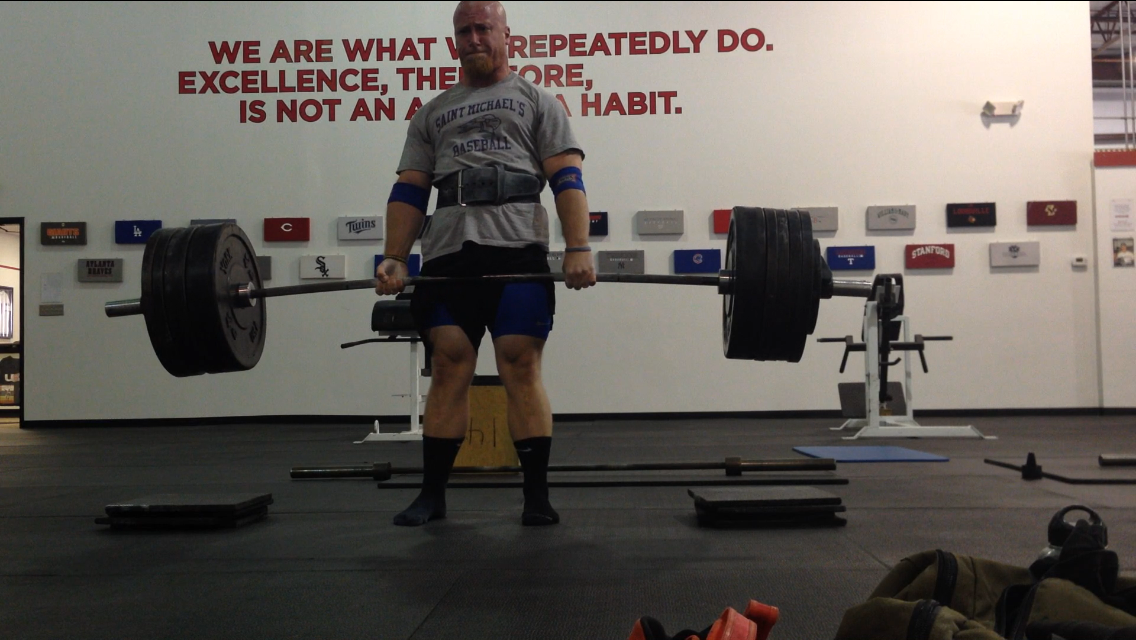Today’s guest post comes courtesy of regular contributor, Shane McLean.
It should come as no surprise I’m a firm advocate of fit pros having the ability to write and write well. Doing so can easily be a way to separate oneself from the masses (as well as opening up opportunities to develop alternate revenue streams).
Suffice to say: Writing can be an intimidating space. Shane provides some excellent advice to get started.
(NOTE: I make a bit of a cameo toward the bottom in case you’re interested in what I have to say. And you totally are. Read it. READ IT!!!!!)

Writing Confidence
I failed English all throughout high school.
Plus, when I was a newly certified personal trainer in 2009 a veteran personal trainer had to teach me how to teach clients to squat because I had no idea. Having no idea was a theme of my first few years as a trainer.
But outwardly, I was faking I knew it all.
These are perfect qualifications for becoming a Professional Freelance Fitness Writer, right? If you said no, you are wrong. Go straight to jail and do not collect your $200.
Don’t you hate when this happens?
Anyhow, I’m not going to reminisce about the many times I kicked butt at Monopoly. That’s a tale for a different time. So, let’s get back on track about writing as a fitness professional.
Why Should You Listen To Me?
Okay this is the part where I brag. If you don’t like bragging, you can skip this part and trust you know what I’m talking about. Because Tony doesn’t allow hacks to be published here.
Here are a few of my writing accomplishments.
- Tony first took a chance on me here almost seven years ago and I’ve been featured on his site this many times.
- This is my first paid article on The PTDC, the biggest website IN THE WORLD for personal trainers.
- Been writing regularly for Barbend since 2018.
- I’m part of a team of five at The PTDC who put together the weeks best content for trainers. What does that mean? It means I read a crap-ton of fitness content.
Plus, I’ve published an article a week on my site Balance Guy Training for the past six years. Not bad for a person who failed English.
Okay, bragging over.
Overcoming Imposter Syndrome
With me not being entirely qualified to talk about writing, this article isn’t going to be about the X’S and O’S on the skill of fitness writing. I’m assuming you know how to put together a few coherent sentences and your knowledge of the human body and coaching is up to snuff.
What this is about is overcoming your imposter syndrome and it has all been written before so why the hell should I bother syndrome. I feel those two things hold a lot of fitness professionals back from putting their content out there.
And when doubt creeps in and imposter syndrome puts negative thoughts in your head, here is what you should do.
Hopefully, the suggestions below put these thoughts to bed to help crush your content.
Impostor Syndrome
Imposter syndrome is the feeling of doubting your abilities and feeling like a fraud. And it doesn’t matter how many abbreviations you have after your name, most people have a feeling why in the hell do people listen to me, buy my services, or read my articles.
When these negative fears and thoughts take over, your productivity will plummet among other things. I’m no shrink (obviously) but when these thoughts start to take over and you’re getting sucked down into a deep dark hole, here’s some suggestions to pull you out of your nosedive.
1. Write Something, Anything.
It doesn’t have to be fitness related but writing helps get your creative juices flowing and usually sometime during this process you realize you do know something. The act of doing is powerful.
2. Remember Your Successes.
Whether it’s a client reaching a long-term goal, or your article had lots of eyes on it, it helps to remember your successes. This reminds you that you do know something.
3. Lift Something Heavy.
Not only do you get out of your own head but the process of thinking about your technique, the cues you use to get yourself in lifting position helps remind you that you do know something.
Imposter syndrome is going to haunt you like Casper the friendly ghost. This in my experience is normal. What is not normal is letting imposter syndrome take over your thoughts and feelings and completely bogging you down. Instead of stewing, get to doing it because doing is imposter syndromes kryptonite.
A short note on its been written before so why the hell should I bother. Sorry, there is not much to counter this one because it’s true. It has all been done before.
But this shouldn’t stop you because it hasn’t been done with your perspective, your know how and your thoughts and feelings. Your clients and audience need to know what you think. We will get into this below.
7 Tips For Getting Better At Fitness Writing
This is a murky area because what works for me mightn’t work for you. Plus, your thought processes are different from my thought processes.
So, I’m taking the view from 10,000 ft which you can apply to your own work. Some of these suggestions may seem obvious, some not, but it is my hope you can apply this to your own work to get more writing confidence.
1. Find Your Voice
There are tons of great writers in the fitness space who are more qualified than you, smarter than you and have a larger audience than you. But none of them have your voice, your perspective, and your set of experiences. You need to use this to find your voice and the only way to find it is to write more.
Don’t worry if it’s any good, just write.
When I started, I admit I wanted to be like Tony. I wanted to be funny, informative, and basically copied the way he wrote. But slowly along the way I developed my voice and my way of being entertaining and informative.
If you’re struggling to find your own voice, read a writer, you want to emulate and imitate him/her in tone (not in words) until you feel you’re developing your own style and not just copying theirs.
2. Read More
Not just fitness articles but everything you can get your hands on. The act of reading is like osmosis for your brain. You pick up vocab, style, ideas to write about and increase your general knowledge.
This will only help your writing.
3. Develop Relationships
With the advent of social media, it is easy to develop online relationships with other coaches and writers. A major reason (I think) Tony let me write for his site seven years ago was I left comments on his webpage and Facebook posts.
(Note From TG: Yes, it was. That, and Shane always commented on how pecy my pecs looked. Flattery will get you far).
Plus, when I read anything that catches my attention I reach out to the writer and tell them how much I liked it, and this starts a relationship. Which brings me to my next point.
4. Seek Opinions
When I started getting published on the world-wide web, I’d basically harass other coaches on their opinions on my work. Granted I had a relationship with most of them, so It wasn’t a shot in the dark. I figured what’s the worst they could say?
When you’re too close to your work, you don’t see your opinions rubbing people the wrong way or you may have your facts wrong. Or you made some grammatical whopper errors.
Either way, it helps to have a second pair of eyes on your work.
5. Learn From Your Mistakes
I’ve lost count of the amount of times my writing has been criticized for style, grammatical errors, opinions, or my lack of facts to back up what I wrote. I have received tons of solicited and unsolicited feedback some great, some not so great. The main thing is to try not to take it personally.
If you made a mistake, admit it, learn from it, and move on.
For example, when I started writing for Barbend my editor sent me an email with the subject in all caps saying “YOU ARE A PROFESSIONAL WRITER” about a litany of errors I made on an article.
Those mistakes haven’t been repeated since.
6. Stay In Your Lane
Otherwise known as not extending into territory you know nothing about. For instance, weightlifting, nutrition, and training athletes I know little about, so I don’t go there. Sure, you can Google it and write about it, but you’ll come across as a fraud.
Better to stay in your lane and until you develop the knowledge to come across as an expert. When you write about what you know (and you can back it up) and write about how you feel, I feel you cannot go wrong.
7. “Hire” Me to Help
Developing writing confidence is a process and I’ve made my share of mistakes along the way. And I’m bringing those hard knocks and experience to my new writing service Fitness Flow Writing Services to give personal trainers and coaches the confidence to hit the publish button.
I offer SEO, editing, rewriting, opinions and suggestions services to help take your content to the next level. And as a special offer for Tony’s readers, I’m offering your first service free to see if we are a good fit.
Looking forward to hearing from you.
A Brief Cameo From Tony
Oh, hey.
Tony here.
I’m the guy who pays the hosting fees for this site you’re reading (and I occasionally summon enough mojo to muster some decent ideas to write about too).
Shane did a splendid job outlining things and providing some sage advice for aspiring fitness writers. There’s isn’t much I can add (although I am going to try). Massive apologies up front if anything I write seems repetitive. Then again, if it is repetitive, but it’s coming from two dudes who make part of their living getting paid to write fitness content, maybe there’s a reason…;o)
Whenever I write something (and just after I press the “publish” button) I have to battle my inner negative self-talk:
1. Did I provide enough actionable content?
A statement I default to often is…
“…don’t bark at something if you’re unable to provide a solution.”
People, but fit pros in particular, have an innate superpower to bitch a whine about anything and everything.
- Keto
- High Bar vs. Low Bar Squats
- Tracy Anderson
- Squirrels[footnote]I don’t know, I made that one up. But, sure, fit pros probably bitch about those sneaky fuckers too.[/footnote]
They’ll yell from the rooftops about how stupid or asinine something is, yet never pontificate as to WHY or provide any modicum of a solution.
As a writer, if you’re going to bark, bark with intent.
2. Did I Make Sense?
Quick Writing Tip: Read what you write out loud. If it doesn’t make sense out loud, it’s going to come across as Elvish on paper.
3. Was I Able to Convey My Message Succinctly & Clearly?
(Another) Quick Writing Tip: Write whatever it is you’re gonna write. Then, go back and edit 20% of it. Getting rid of superfluous jargon will make your writing more readable.
Nevertheless, there’s seemingly a smidgeon of self-doubt I’m always playing an unabated game of tug-o-war with.
But then a cool thing happens.
People (usually) like my shit!
Random people will reach out and say how much they enjoyed something I wrote or say how they picked up a number of gems and tidbits they’ll be able to apply toward their training (or that of their clients).
I want to hug them.
Or at least Predator handshake them to death (or, to be more germane to the current state of affairs: Fist bump them to death).
All Of This to Say:
1. You DO NOT have to reinvent the wheel when you write. When in doubt keep things simple. What makes things new or novel are YOUR experiences, YOUR insights, and YOUR voice.
2. You’d be surprised. Many fitness professionals can wax poetic on complex concepts but are unable to figure out how to regress an exercise for someone with limited thoracic mobility or even name a hip flexor.
Or coach a squat well for that matter.
As Mike Boyle once eloquently stated: “The industry is quick to disregard basic/general principles in lieu of fancy schmancy shenanigans (<— italics mine).
This is nonsense.
About the Author
Shane “Balance Guy’ McLean” is an A.C.E Certified Personal Trainer working deep in the heart of Louisiana with the gators.


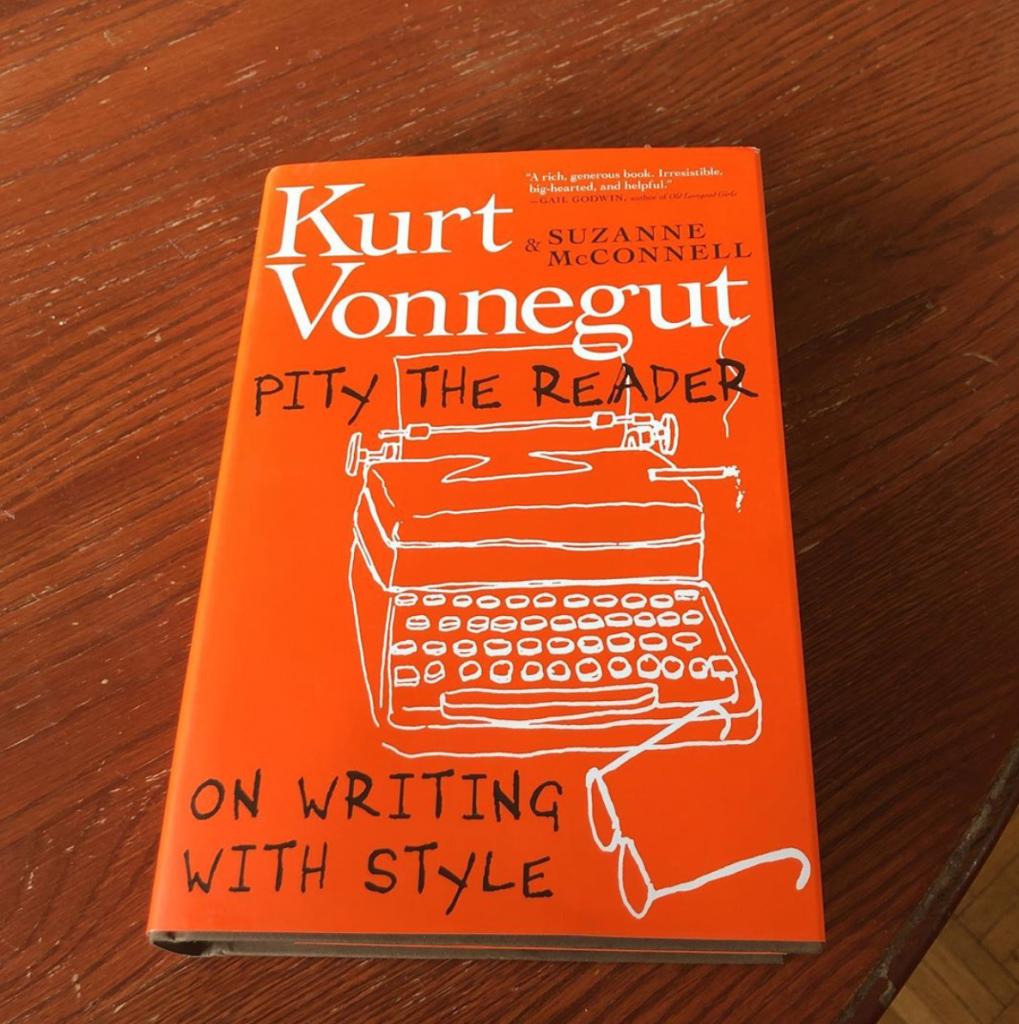
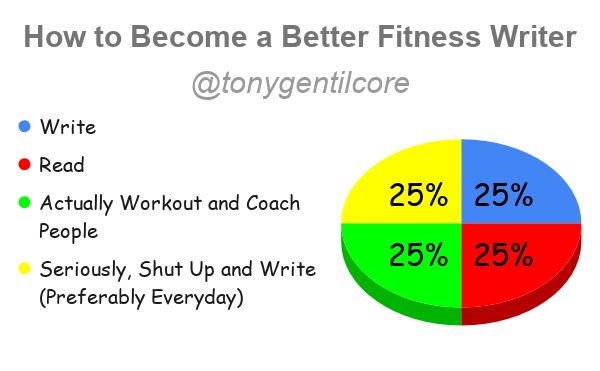
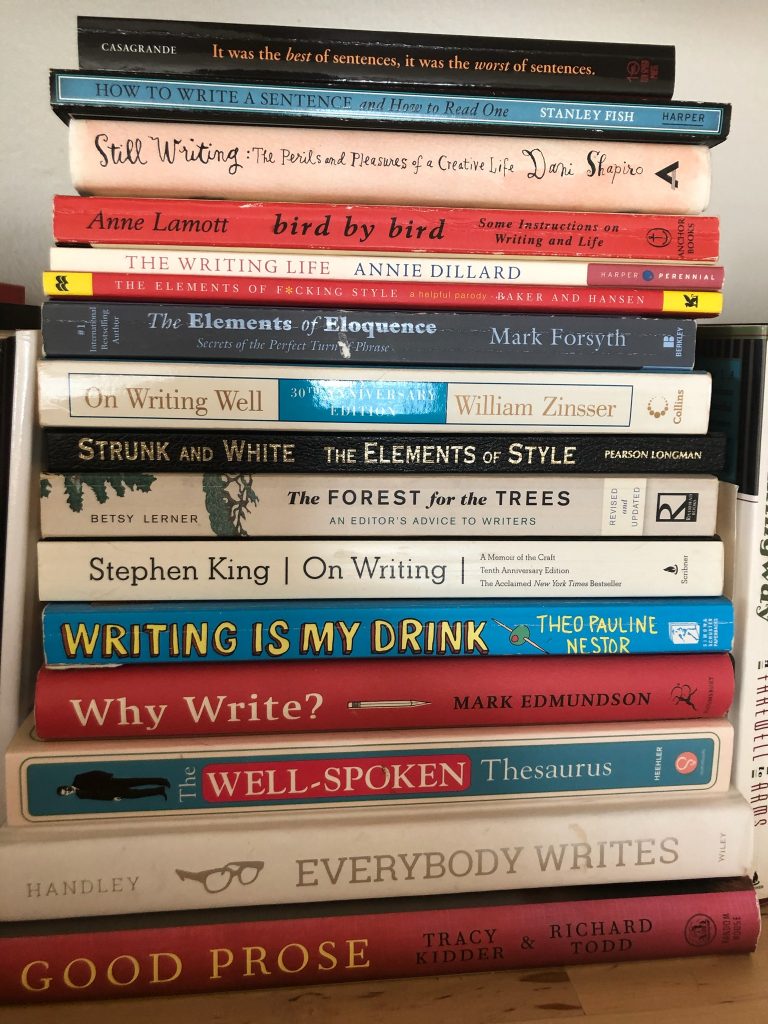

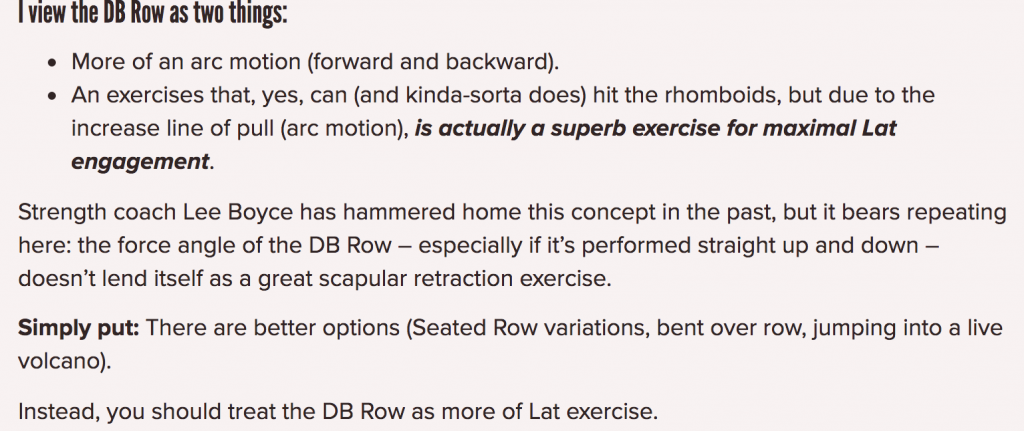

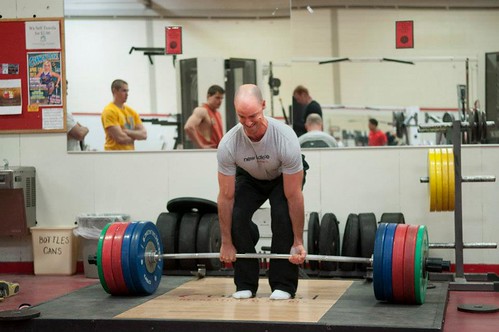


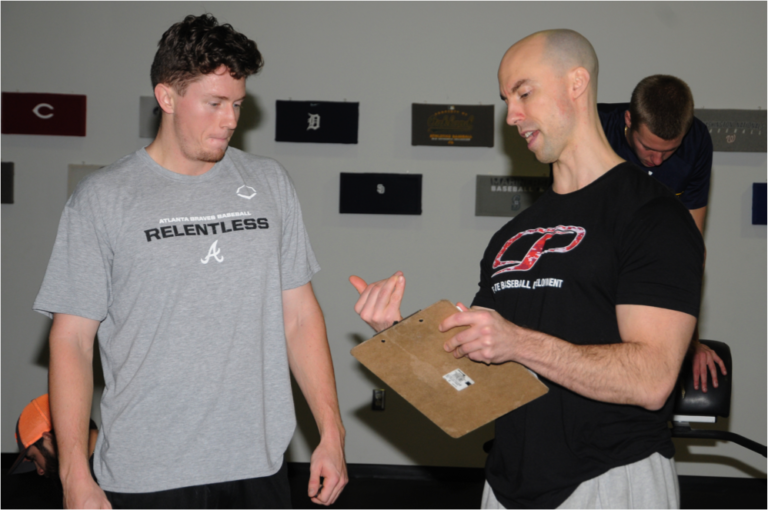


 The internet is a scary place to try to establish yourself as a knowledgable authority. Droves of keyboard warriors are constantly at the ready to cut you down and point out your inaccuracies, especially when it comes to exercise. If you can’t back up your statements with a combination of scientific research and experience, you’ll quickly be tarred and feathered by the masses.
The internet is a scary place to try to establish yourself as a knowledgable authority. Droves of keyboard warriors are constantly at the ready to cut you down and point out your inaccuracies, especially when it comes to exercise. If you can’t back up your statements with a combination of scientific research and experience, you’ll quickly be tarred and feathered by the masses.
